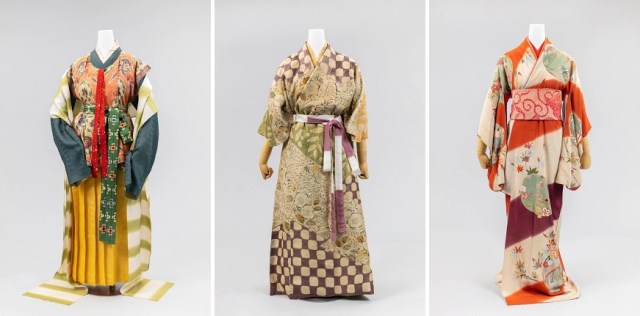
Stunning and bold, this exhibition is a rare treat for kimono lovers.
The history of traditional Japanese women’s clothing has one culturally important piece at its core: kimono. A robe-like garment in an elegant shape, the kimono has dazzled many with its intricate patterns as well as the delicate sewing skills required to create such gorgeous pieces. Now in Tokyo’s Shibuya neighborhood, a rare exhibition will unfold, featuring the 1,500 year history of traditional Japanese women’s clothing with a focus on kimono dyeing techniques.
To celebrate the advent of its 80th anniversary since its establishment, the Kyoto Dyeing and Weaving Cultural Association will be collaborating with the Shibuya-based Bunka Gakuen Costume Museum, which has a long-running history of displaying garments of traditional import from a multitude of diverse cultures, to hold this exhibition. The exhibition will highlight women’s clothing and cloth dyeing techniques from the Kofun period, around 300 to 538 AD, to the contemporary era, and we are sure those who love the historical as well as fans of kimono will have much to glean from this installation.
▼ Nara Period (710 to 794 AD)
▼ Muromachi Period (1336 to 1573)
▼ Edo Period (1603 to 1867)
In terms of how the exhibition is laid out, it’ll be spread through two floors of the Bunka Gakuen Costume Museum. The second floor will host recreated clothing from the Kofun period up until the Meiji period (1868 to 1912). Placed on mannequins, patrons can observe the change in women’s clothing over the eras while leisurely walking through the exhibit.
For the first floor, however, museum goers will be able to observe kimono from the Bunka Gakuen Costume Museum’s own collection with authentic pieces from the Meiji period to kimono made in more recent years. While we can’t say necessarily say this exhibition will be entirely nostalgic, given the centuries of clothing trends contained, we know for sure folks will definitely appreciate seeing the history of traditional Japanese garments for women unfold before them.
▼ Kimono on the first floor will be displayed on racks similar to these gorgeous pieces shown below.
Last but not least, this exhibition has a special meaning for the Kyoto Dyeing and Weaving Cultural Association. From the 1930s to the 1950s the same association held parades displaying traditional women clothing made with various kimono dyeing techniques, and this culturally significant event was titled Senshoku Matsuri, or literally “Dyeing and Weaving Festival.” Though this festival is no longer held today, the Shibuya exhibit, in a way, is temporarily reviving what was once a yearly celebration in Japan’s former capital.
▼ Preserved photos of the now discontinued Senshoku Matsuri. The second photo specifically displays regalia from the Nara period.
The exhibit will open its doors from July 15 until September 28. Tickets are 500 yen (US$4.50) for regular admission, 300 yen for university and high school students, and 200 yen for middle and elementary school students. Folks with a physical disability and an accompanying individual have free admission. As a COVID-19 preventative measure, visitors may be staggered upon entry depending on foot traffic. Furthermore, the exhibit will also be offering a lecture and workshop series in Japanese on kimono sewing and dyeing techniques, which can be signed up for here.
Museum information
Bunka Gakuen Costume Museum / 文化学園服飾博物館
Address: Tokyo-to, Shibuya-ku, Yoyogi 3-22-7 Shinjuku Bunka Quint Building 1st floor
東京都渋谷区代々木3-22-7 新宿文化クイントビル 1階
Open 10 a.m.-4:30 p.m.
Closed Sundays, holidays, and from August 7 to August 17
Website
Source: Japaaan, @Press
Images: @Press
● Want to hear about SoraNews24’s latest articles as soon as they’re published? Follow us on Facebook and Twitter!
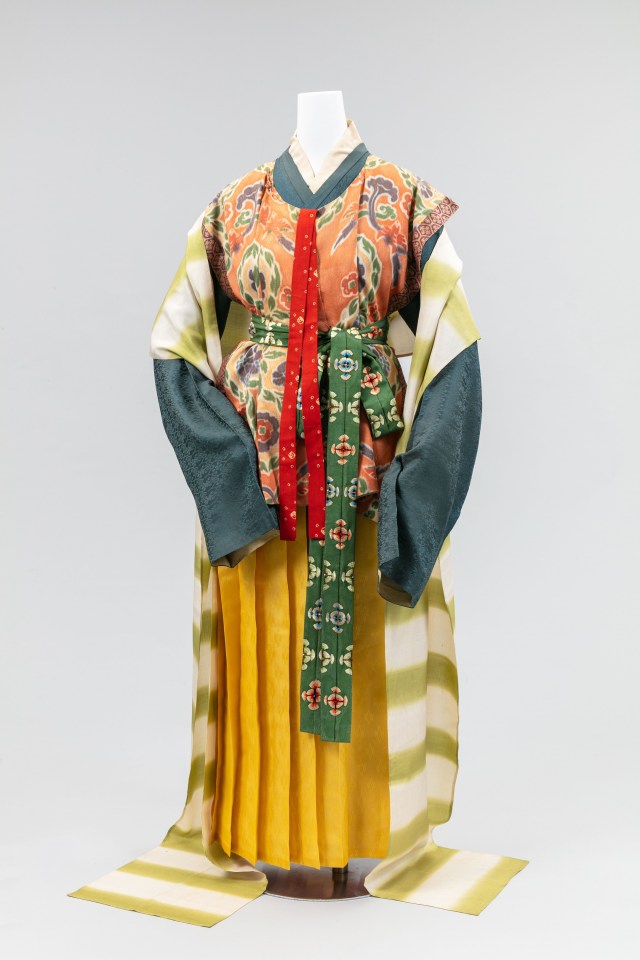
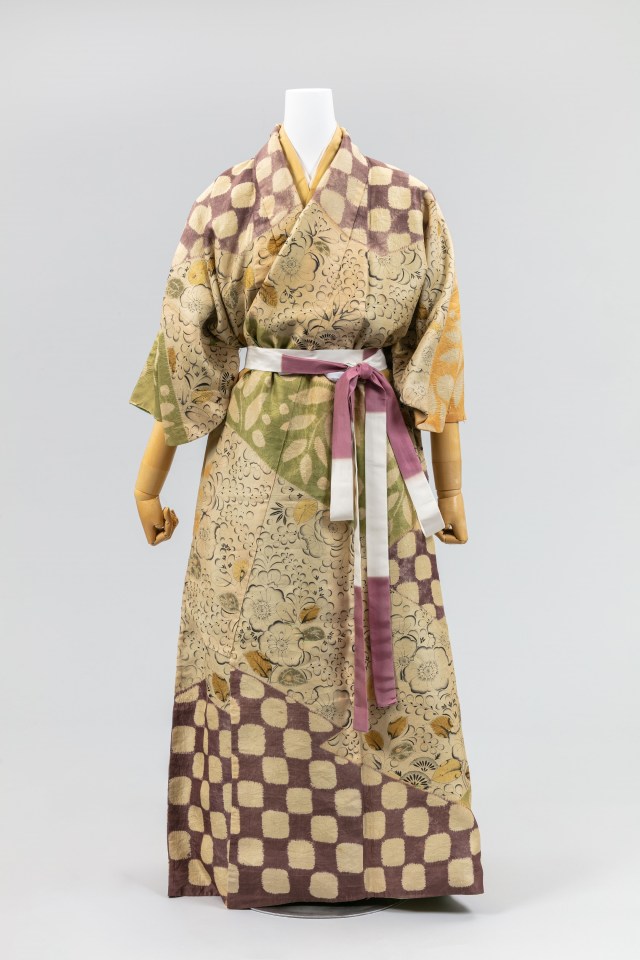
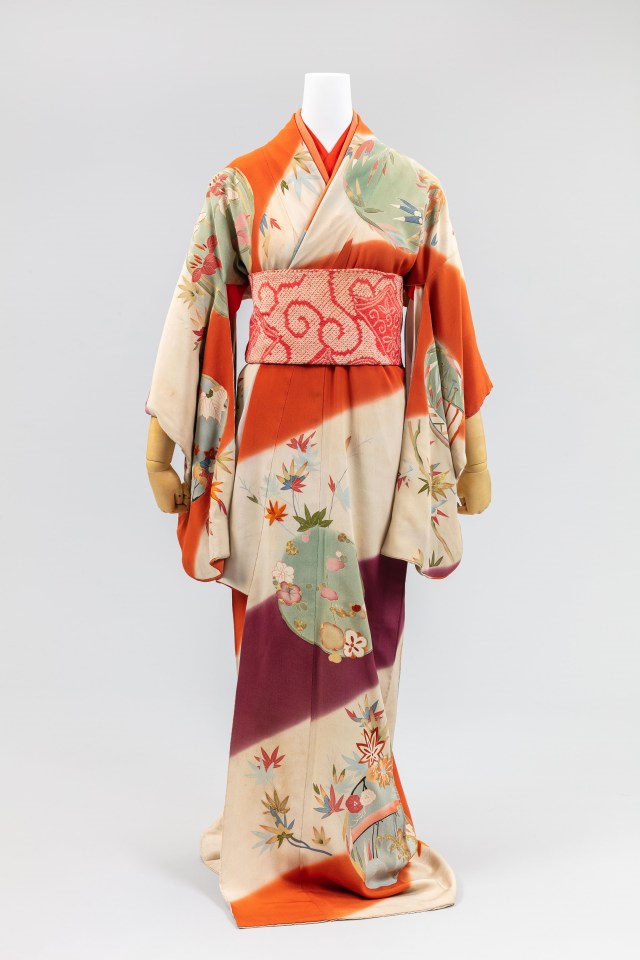
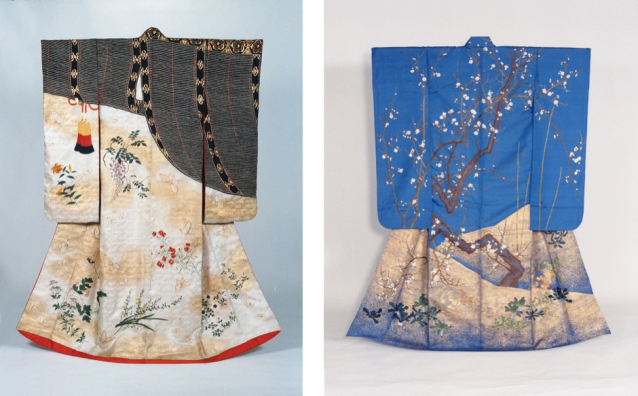
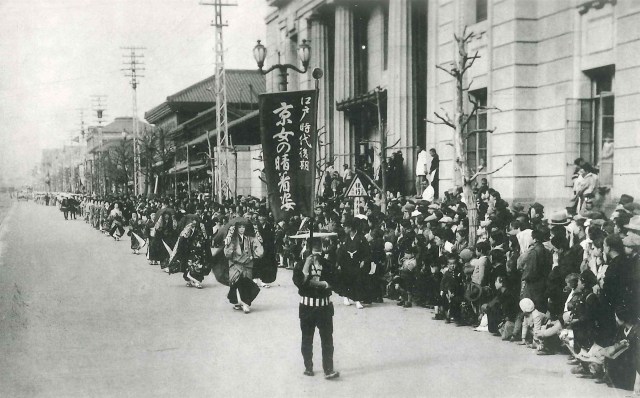
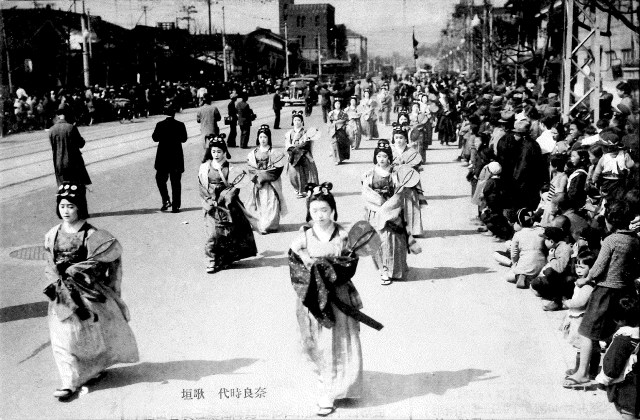
 Japanese beef bowl chain Sukiya’s 2026 Smile Box lucky bag basically pays for itself
Japanese beef bowl chain Sukiya’s 2026 Smile Box lucky bag basically pays for itself Starbucks Japan ready to get Year of the Horse started with adorable drinkware and plushies【Pics】
Starbucks Japan ready to get Year of the Horse started with adorable drinkware and plushies【Pics】 Tokyo Metro adds platform display showing where least crowded parts of the next train will be
Tokyo Metro adds platform display showing where least crowded parts of the next train will be Sega’s Like a Dragon yakuza teaches “useless” English, let’s use it to learn some useful Japanese
Sega’s Like a Dragon yakuza teaches “useless” English, let’s use it to learn some useful Japanese Do 7-Eleven Japan’s new back-to-budget-friendly-basics rice bowls make us happy?【Taste test】
Do 7-Eleven Japan’s new back-to-budget-friendly-basics rice bowls make us happy?【Taste test】 Japanese beef bowl chain Sukiya’s 2026 Smile Box lucky bag basically pays for itself
Japanese beef bowl chain Sukiya’s 2026 Smile Box lucky bag basically pays for itself Starbucks Japan ready to get Year of the Horse started with adorable drinkware and plushies【Pics】
Starbucks Japan ready to get Year of the Horse started with adorable drinkware and plushies【Pics】 Tokyo Metro adds platform display showing where least crowded parts of the next train will be
Tokyo Metro adds platform display showing where least crowded parts of the next train will be Sega’s Like a Dragon yakuza teaches “useless” English, let’s use it to learn some useful Japanese
Sega’s Like a Dragon yakuza teaches “useless” English, let’s use it to learn some useful Japanese Do 7-Eleven Japan’s new back-to-budget-friendly-basics rice bowls make us happy?【Taste test】
Do 7-Eleven Japan’s new back-to-budget-friendly-basics rice bowls make us happy?【Taste test】 7-Eleven Japan starts new temporary luggage storage service in over 300 branches
7-Eleven Japan starts new temporary luggage storage service in over 300 branches 7-Eleven Japan’s ramen-cooking robot whipped us up a bowl of noodles【Taste test】
7-Eleven Japan’s ramen-cooking robot whipped us up a bowl of noodles【Taste test】 Japanese Cabinet to officially announce new romanization spelling recommendation next week
Japanese Cabinet to officially announce new romanization spelling recommendation next week More people in Japan quit sending New Year’s cards and many have started to regret it
More people in Japan quit sending New Year’s cards and many have started to regret it Japanese woman mistaken for bear
Japanese woman mistaken for bear Hayao Miyazaki says Happy New Year to Studio Ghibli fans with new art for Year of the Horse
Hayao Miyazaki says Happy New Year to Studio Ghibli fans with new art for Year of the Horse 7 great places to see Mt. Fuji from without having to climb it
7 great places to see Mt. Fuji from without having to climb it We found possibly the quietest Japanese-style hotel in Tokyo’s bustling Shinjuku district
We found possibly the quietest Japanese-style hotel in Tokyo’s bustling Shinjuku district Cup Noodle tries an authentic Jiro-style ramen, but something’s not quite right
Cup Noodle tries an authentic Jiro-style ramen, but something’s not quite right Hello Kitty Choco Egg figures are an adorable trip through three periods of Japanese pop culture【Pics】
Hello Kitty Choco Egg figures are an adorable trip through three periods of Japanese pop culture【Pics】 Japan’s oldest largetooth sawfish in captivity back on display in Mie Prefecture
Japan’s oldest largetooth sawfish in captivity back on display in Mie Prefecture Cyberpunk anime meets traditional culture in Ghost in the Shell gold leaf Japanese changing screens
Cyberpunk anime meets traditional culture in Ghost in the Shell gold leaf Japanese changing screens The best Starbucks Japan Frappuccinos we want to drink again in 2026
The best Starbucks Japan Frappuccinos we want to drink again in 2026 We revisited Sweets Paradise after a decade to see if Japan’s dessert buffet still delivers
We revisited Sweets Paradise after a decade to see if Japan’s dessert buffet still delivers Disillusionment at Tsukiji’s tourist-target prices led us to a great ramen restaurant in Tokyo
Disillusionment at Tsukiji’s tourist-target prices led us to a great ramen restaurant in Tokyo Starbucks teams up with 166-year-old Kyoto doll maker for Year of the Horse decorations【Photos】
Starbucks teams up with 166-year-old Kyoto doll maker for Year of the Horse decorations【Photos】 Tokyo considering law requiring more trash cans following litter increase in heavily touristed area
Tokyo considering law requiring more trash cans following litter increase in heavily touristed area Tokyo’s Tsukiji sushi neighborhood asks tour groups to stay away for the rest of the month
Tokyo’s Tsukiji sushi neighborhood asks tour groups to stay away for the rest of the month Tokyo event lets you travel back in time, for free, to celebrate 100 years since Showa era start
Tokyo event lets you travel back in time, for free, to celebrate 100 years since Showa era start Sanrio theme park in Japan announces plans to expand into a Sanrio resort
Sanrio theme park in Japan announces plans to expand into a Sanrio resort Japan may add Japanese language proficiency, lifestyle classes to permanent foreign resident requirements
Japan may add Japanese language proficiency, lifestyle classes to permanent foreign resident requirements Stamina-destroying “Paralysis Noodles” are Tokyo’s newest over-the-top ramen innovation
Stamina-destroying “Paralysis Noodles” are Tokyo’s newest over-the-top ramen innovation Survey asks foreign tourists what bothered them in Japan, more than half gave same answer
Survey asks foreign tourists what bothered them in Japan, more than half gave same answer Japan’s human washing machines will go on sale to general public, demos to be held in Tokyo
Japan’s human washing machines will go on sale to general public, demos to be held in Tokyo Japan’s deadliest food claims more victims, but why do people keep eating it for New Year’s?
Japan’s deadliest food claims more victims, but why do people keep eating it for New Year’s? We deeply regret going into this tunnel on our walk in the mountains of Japan
We deeply regret going into this tunnel on our walk in the mountains of Japan Studio Ghibli releases Kodama forest spirits from Princess Mononoke to light up your home
Studio Ghibli releases Kodama forest spirits from Princess Mononoke to light up your home Major Japanese hotel chain says reservations via overseas booking sites may not be valid
Major Japanese hotel chain says reservations via overseas booking sites may not be valid Put sesame oil in your coffee? Japanese maker says it’s the best way to start your day【Taste test】
Put sesame oil in your coffee? Japanese maker says it’s the best way to start your day【Taste test】 No more using real katana for tourism activities, Japan’s National Police Agency says
No more using real katana for tourism activities, Japan’s National Police Agency says Starbucks Japan reveals new sakura drinkware collection, inspired by evening cherry blossoms
Starbucks Japan reveals new sakura drinkware collection, inspired by evening cherry blossoms Updated cherry blossom forecast shows extra-long sakura season for Japan this year
Updated cherry blossom forecast shows extra-long sakura season for Japan this year 7-Eleven Japan starts new temporary luggage storage service in over 300 branches
7-Eleven Japan starts new temporary luggage storage service in over 300 branches 7-Eleven Japan’s ramen-cooking robot whipped us up a bowl of noodles【Taste test】
7-Eleven Japan’s ramen-cooking robot whipped us up a bowl of noodles【Taste test】 Japanese Cabinet to officially announce new romanization spelling recommendation next week
Japanese Cabinet to officially announce new romanization spelling recommendation next week More people in Japan quit sending New Year’s cards and many have started to regret it
More people in Japan quit sending New Year’s cards and many have started to regret it Japanese woman mistaken for bear
Japanese woman mistaken for bear Can you enjoy a day at Tokyo’s Kokugikan sumo stadium if you know nothing about the sport?【Pics】
Can you enjoy a day at Tokyo’s Kokugikan sumo stadium if you know nothing about the sport?【Pics】 Sushi Dai and other famous restaurants from Tsukiji fish market open at new Toyosu location
Sushi Dai and other famous restaurants from Tsukiji fish market open at new Toyosu location Evangelion original anime studio Gainax is now completely dissolved, Eva’s creator mourns ruined friendships
Evangelion original anime studio Gainax is now completely dissolved, Eva’s creator mourns ruined friendships Conveyor belt yakiniku: Our new favourite way to enjoy all-you-can-eat meat in Japan
Conveyor belt yakiniku: Our new favourite way to enjoy all-you-can-eat meat in Japan We go on a quest to find the cheesiest sushi at Japanese conveyor belt sushi chains【Taste test】
We go on a quest to find the cheesiest sushi at Japanese conveyor belt sushi chains【Taste test】 The best Starbucks Japan Frappuccinos we want to drink again in 2026
The best Starbucks Japan Frappuccinos we want to drink again in 2026
Leave a Reply